
In the immediate aftermath of the TwitPic photo-selling furore it became clear that there can be a great deal of confusion regarding terms and conditions (T&C), terms of service (ToS), terms of use (ToU), or any other terms that you have to agree to when you sign up to any kind of photo-sharing oojimaflip.
When it comes to ToS, the devil is most definitely in the detail, and at one of our reader’s request, I’ve put together a guide to what to look for. As ever, I have to state that I’m not a lawyer; all I have to go on here is my own experience of using photo-sharing sites and, heaven help me, previous experience of drafting ToS.
Copyright and licensing rights
The first thing to get straight is that there’s a difference between copyright and licensing rights. If you take a photo (or compose a song, or write a story… you get the picture) you own the copyright to it. That means you have the right to have that photo attributed to you and you can say how, where, and when you want it reproduced, if at all.
On very rare occasions, you can sign away your copyright to your creation – and in fact I did this quite recently when the copyright of a project that I wrote was attributed to the company for whom I completed the contract, not to me as an individual – but it’s usually in very specific circumstances.
Licensing rights, on the other hand, are what you, as the copyright holder, use to allow people to use your images (or your words or your music &c). If someone wants to publish your photo, you provide them with a licence to do so. There are a plethora of different types of licence out there, which serve different purposes, allow different things, and have different implications for you as a copyright holder. Hence the confusion.
Why you need a licence, part I

You’ve been away on holiday to Mauritius and you have a selection of the most incredible photos showing the places that you visited, the food that you ate, and the sights that you saw. You want to share them with your family, your friends, and to be honest, anyone who wants to take a look because you’re really proud of a few of them. So you sign up to the photo-sharing website SooperPix that’ll let the world at large marvel at your artistic genius.
You have to sign a licence. You own the copyright to these pictures, which means that you have to grant SooperPix the right to display them on your behalf. If you didn’t, it wouldn’t be able to host them on the website and let the world look on awestruck at your awesomeness.
The issue of course is what type of licence SooperPix asks you to sign.
Licences of Awesome
If SooperPix is actually SooperDooperPix, it’ll use a licence that’s similar to Flickr’s (who recently reconfirmed their users’ rights), or Mobypicture’s, or Focussion’s, or 500px’s, or in fact a lot of other cool photo-sharing places out there. It’ll say that you grant it a licence for the purpose of displaying them on the website. The licence might even specifically state that it won’t sell your images. Here are the examples of the licences from those four websites I mentioned:
Flickr:
With respect to Content you elect to post for inclusion in publicly accessible areas of Yahoo! Groups or that consists of photos or other graphics you elect to post to any other publicly accessible area of the Services, you grant Yahoo! a world-wide, royalty free and non-exclusive licence to reproduce, modify, adapt and publish such Content on the Services solely for the purpose of displaying, distributing and promoting the specific Yahoo! Group to which such Content was submitted, or, in the case of photos or graphics, solely for the purpose for which such photo or graphic was submitted to the Services. This licence exists only for as long as you elect to continue to include such Content on the Services and shall be terminated at the time you delete such Content from the Services.
Amongst all the legalese, the key phrase here is ‘solely for the purpose for which such photo or graphic was submitted to the Services.’ You submitted the photo to share it publicly. That’s all that Flickr will do with it. (When it mentions modifying or adapting, that concerns how the image is encoded, and being able to see it in different sized versions.) It’s not going to sell on your photo.
Mobypicture:
All rights of uploaded content by our users remain the property of our users and those rights can in no means be sold or used in a commercial way by Mobypicture or affiliated third party partners without consent from the user.
Focussion:
Your photographs are (and should be) your own, you keep all your rights on them. By using our site, you give Focussion a license to use your work for the functioning of this site (e.g. to display the pictures to our visitors, and to enable comments on them).
500px:
By submitting photographic or graphic works to 500px at Upload page to your profile you agree that this content fully or partially may be used on 500px web-site for promotional reasons (such as photos at home page). By doing so, 500px will comply with the Canadian Copyright Act, which means your work will be properly attributed or quoted. No photographic content, emails, and other private information will be sold for any reasons by 500px.
Those last three sets of ToS are pretty clear I think.
Licences of Evil
However, if SooperPix is just a masquerade for SooperEvilPix that really wants to be able to sell your images and not let you profit from that sale, the licence will read slightly differently. It’ll probably say that you’ve granted SooperEvilPix, and maybe its devil-spawn affiliates and its unwashed friends as well, a licence to reproduce your images. There won’t be a caveat about ‘for the functioning of the site’, ‘the purposes for which you uploaded them’, or explicitly state that it won’t sell on your pictures. TwitPic’s ToS is a great example of this:
You retain all ownership rights to Content uploaded to Twitpic. However, by submitting Content to Twitpic, you hereby grant Twitpic a worldwide, non-exclusive, royalty-free, sublicenseable and transferable license to use, reproduce, distribute, prepare derivative works of, display, and perform the Content in connection with the Service and Twitpic’s (and its successors’ and affiliates’) business, including without limitation for promoting and redistributing part or all of the Service (and derivative works thereof) in any media formats and through any media channels.
Yes, you keep your copyright, but you’ve lost out on your licensing rights. It, and pretty much anyone else it chooses, can sell your image to anyone it likes and take the proceeds from it. You’ll be acknowledged as the copyright holder, but you won’t see a penny for your creativity. As far as I am concerned, this takes advantage of people and their creative pursuits. It’s most uncool.
An example of a website that we all know, but perhaps don’t all love, which has a ToS that’s open to interpretation is FaceBook:
For content that is covered by intellectual property rights, like photos and videos (“IP content”), you specifically give us the following permission, subject to your privacy and application settings: you grant us a non-exclusive, transferable, sub-licensable, royalty-free, worldwide license to use any IP content that you post on or in connection with Facebook (“IP License”). This IP License ends when you delete your IP content or your account unless your content has been shared with others, and they have not deleted it.
I’m not keen on that statement, which is why I don’t have any images on my practically-never-updated and very-infrequently-visited FaceBook page. The chances of one of my images landing itself on a billboard as part of a nation-wide campaign advertising probiotic yoghurt are virtually nil, but dammit, if it does, I’d quite like to profit from it, thankyouverymuch.
Why you need a licence, part II

After reading the ToS, you signed up to SooperDooperPix and gave them the licence to show off your photos to the world. Life is great: your memories are there to relive and for your loved-ones to enjoy. Things get even better when WorldsAway Luxury Holidays spots one of your idyllic holiday sunset photos, and wants to use it to headline its campaign encouraging everyone to visit Mauritius. (Aren’t you pleased that you went before the ad campaign?) They contact you and ask if they can use the photo.
You agree to terms that lets them use your photo. What you’ve done is grant them a licence. It’s a different licence to the one you granted to SooperDooperPix. This licence can take lots of different forms (how they can use the image, for how long, those sorts of things) – and you might want to get a lawyer to take a look at it – but what you’re doing here is giving WorldsAway Luxury Holidays permission to use the photo in return for payment. If you didn’t grant them a licence they’d have to look elsewhere for a picture.
If you’d actually signed-up to SooperEvilPix, the situation would be a bit different because you’ve given SooperEvilPix a different licence. WorldsAway Luxury Holidays wouldn’t approach you for a licence to use the picture; they’d approach SooperEvilPix. You wouldn’t be involved at all. You wouldn’t agree the terms and you wouldn’t see any money out of it. Yes, you hold the copyright, but in this instance not the licensing rights.
It’s all a bit biblical, because licences beget licences, but hopefully you get the picture. (Ahem.)
Finally
The key thing here is to read ToS carefully and give away as little as possible. You want to hold on to as much authority governing your creations as you can. If you’re not sure of how the terms can be interpreted, don’t sign up to them. There are plenty of good guys out there who do want you to profit from your own creativity, so you’ll find a site that meets your needs.
Please note: all of the information and quotations here were correct when I published this. Things change, just like TwitPic’s ToS did. And I’ve not gone into Creative Commons. That’s a whole other essay and this one is epic enough.






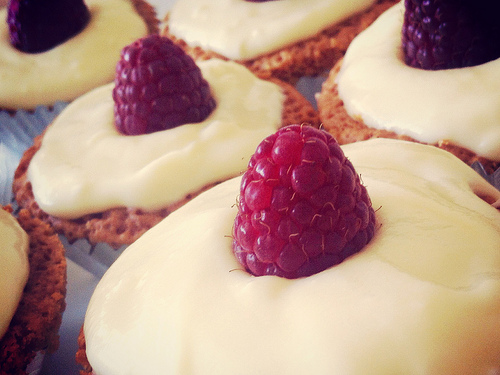
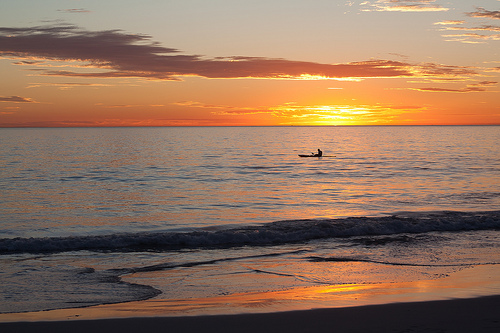
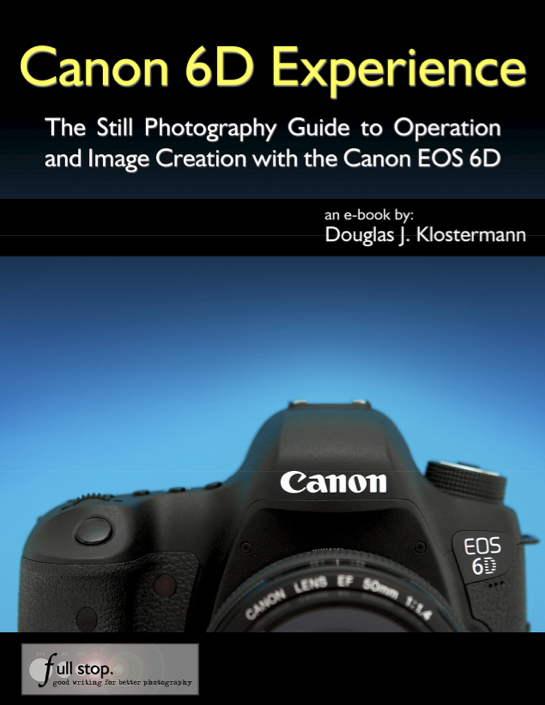 The Canon 6D Experience is part of Douglas J. Klostermann's series of e-book guides to Canon's and Nikon's dSLRs. There are ten Canon books and five Nikon books, ranging in price from $7.99 for guides to the oldest models of camera to $14.99 for the latest cameras. I've been taking a flick through it and seeing how it fits in with my use of my Canon 6D.
The Canon 6D Experience is part of Douglas J. Klostermann's series of e-book guides to Canon's and Nikon's dSLRs. There are ten Canon books and five Nikon books, ranging in price from $7.99 for guides to the oldest models of camera to $14.99 for the latest cameras. I've been taking a flick through it and seeing how it fits in with my use of my Canon 6D.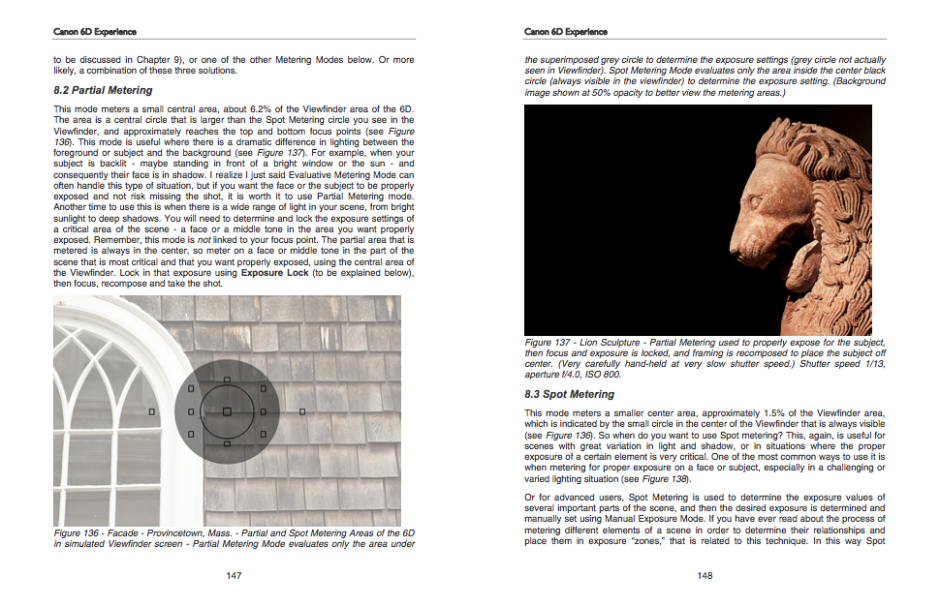
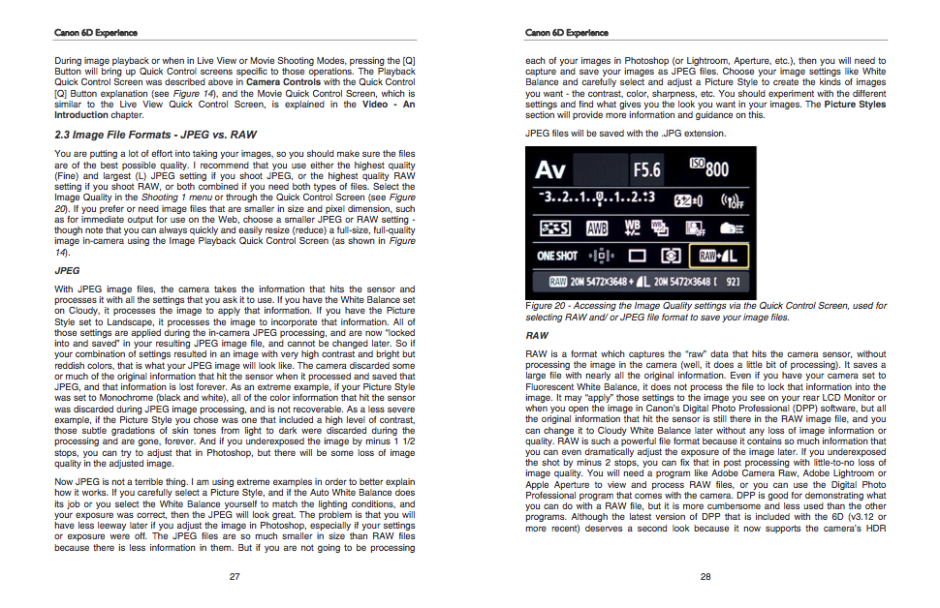
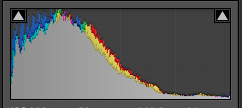
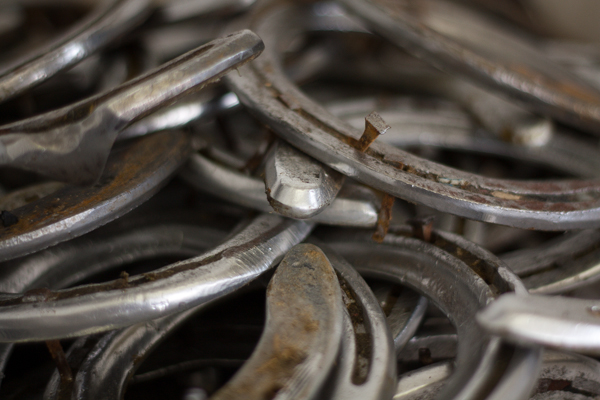
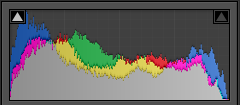
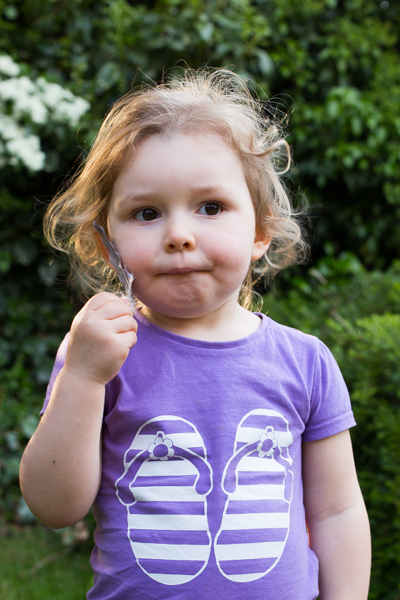
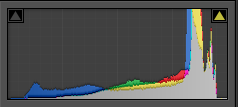
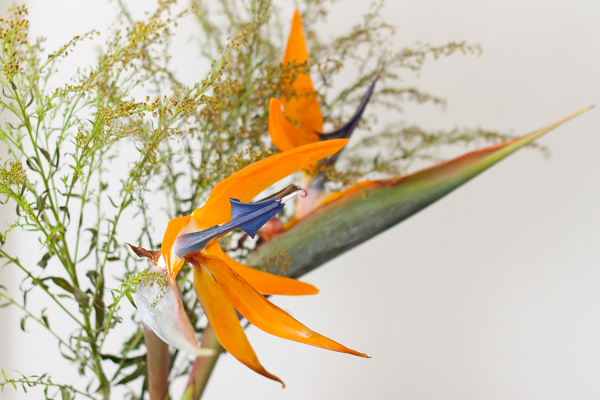
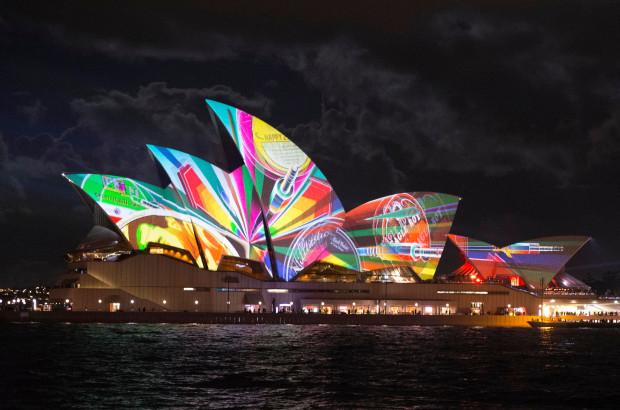
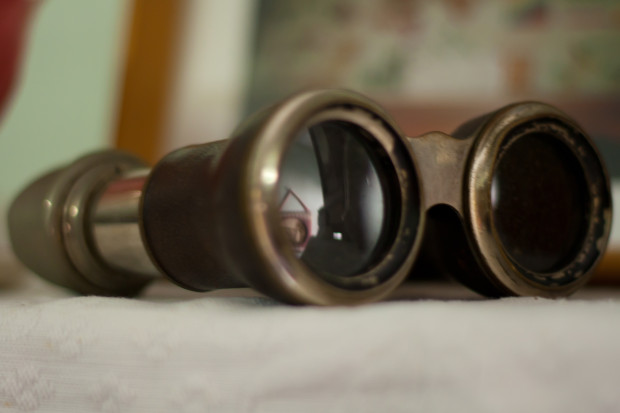




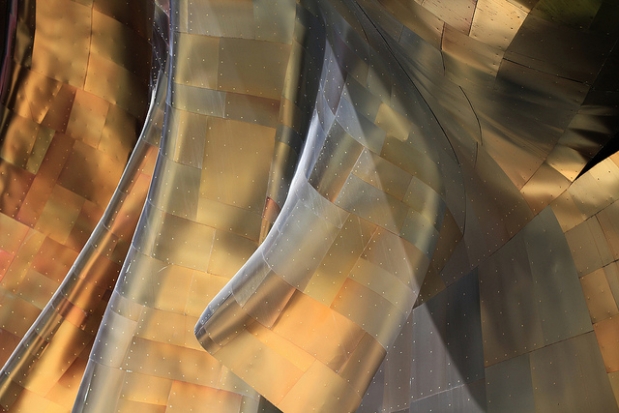
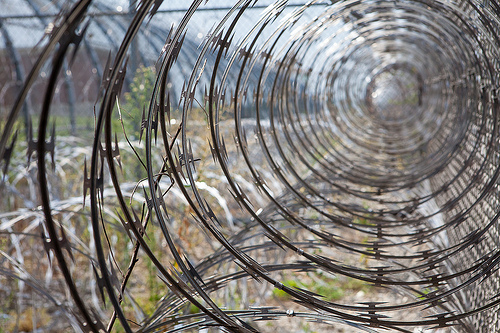


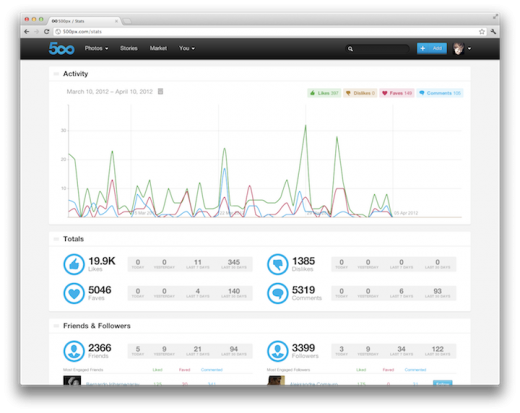

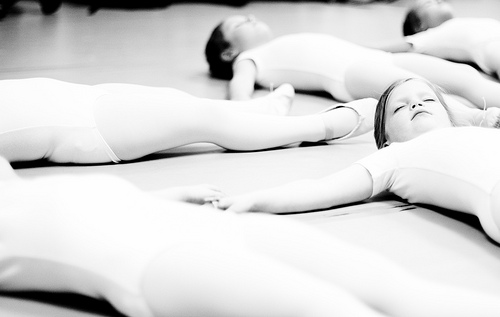

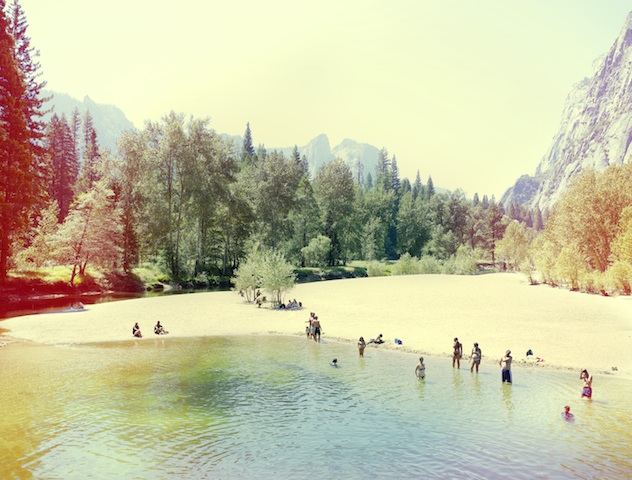
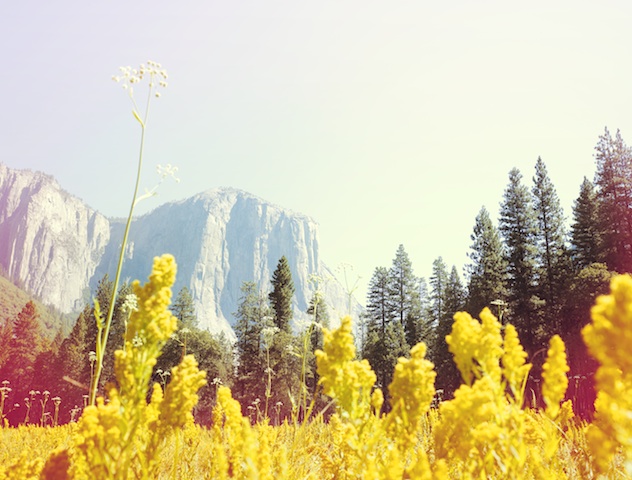
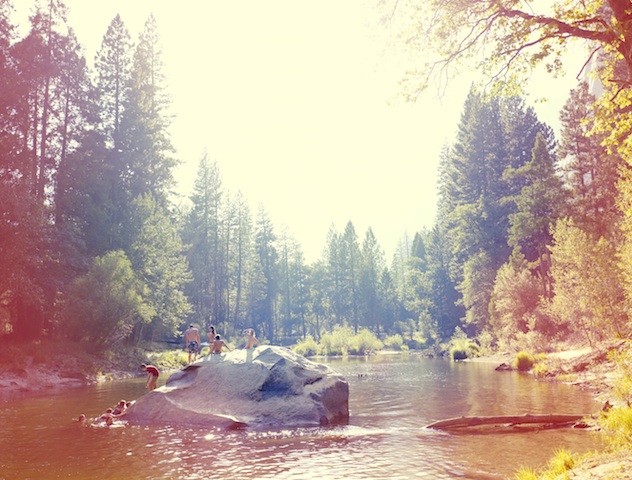
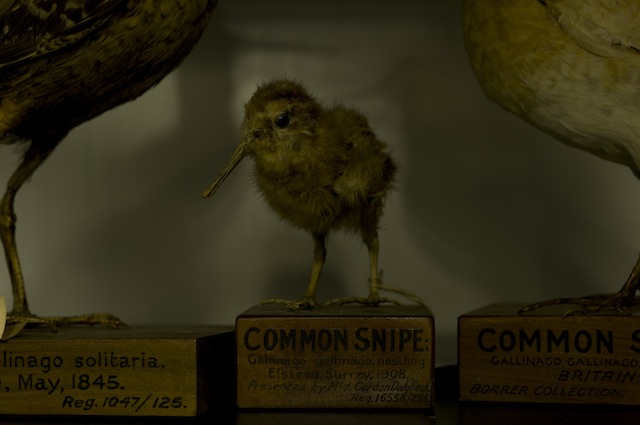
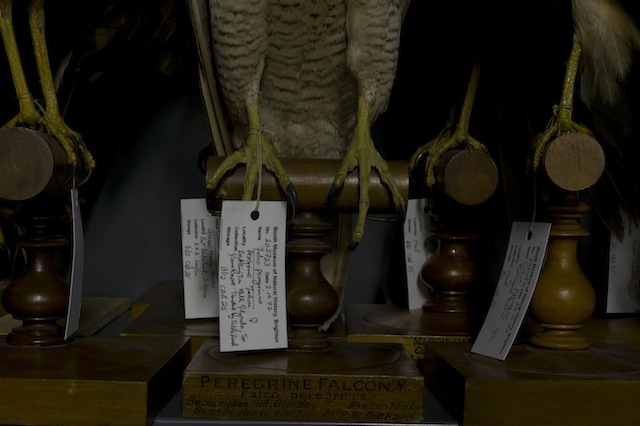
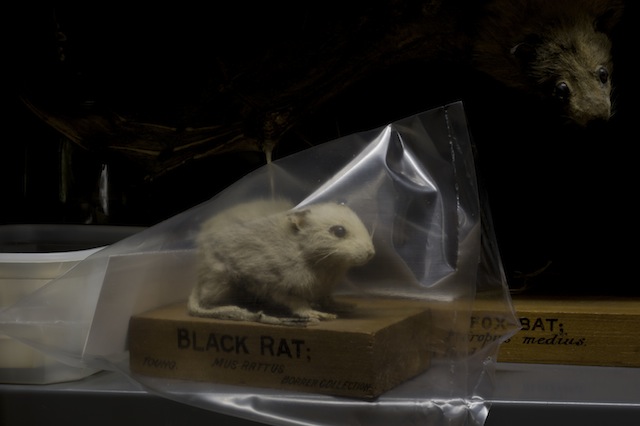
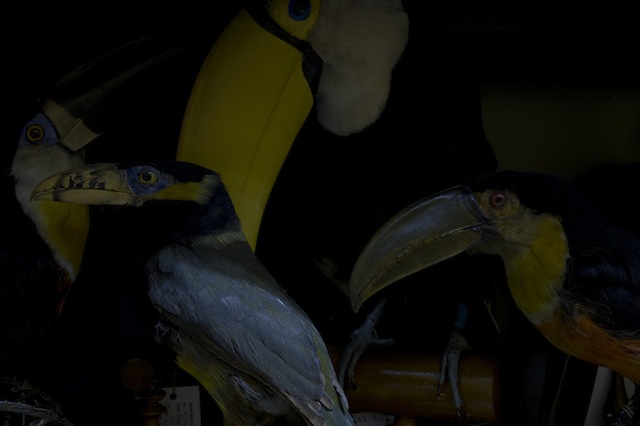

 What is this? - In our NewsFlash section, we share interesting tidbits of news. Think of it as our extended twitter feed: When we find something that get our little hearts racing, we'll share it with you right here! Loving it? Great, we've got
What is this? - In our NewsFlash section, we share interesting tidbits of news. Think of it as our extended twitter feed: When we find something that get our little hearts racing, we'll share it with you right here! Loving it? Great, we've got 



